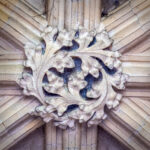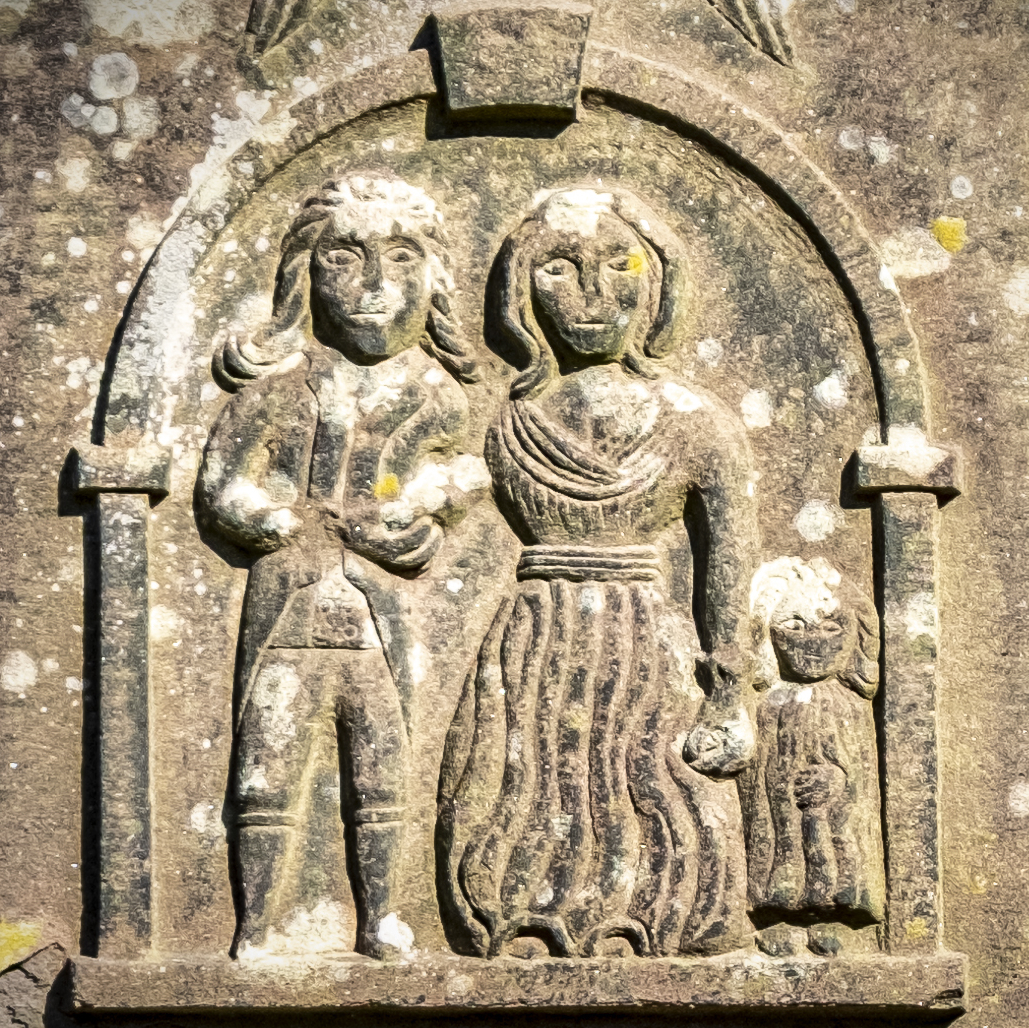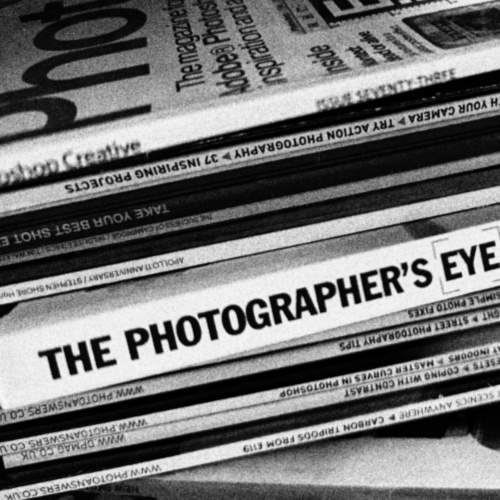There was a delay to me beginning this course (my mistake!) however I decided to use the two month wait to read & research. This was one of my first purchases for that purpose.

I bought the book because I saw this assertion on page 2 as I stood in the book shop… “anybody can enjoy art and anybody can have a life in the arts”. Which spoke to some of my initial concerns. On the same page he speaks of the “art-world mafia”, and later the “the academic elite” as contributing to the apparent exclusivity within the art establishment. Labels I understood as I contemplated embarking on an academic art course.
He writes as an outsider who has been embraced and let into the fold. Whilst money and investment are important in the art world, as he points out early on, most artists do art for the love of it!
In the end though he accepts (I think reluctantly) that “the nearest thing we have to an empirical measure of art, is the market”. After hearing a talk by a curator from Clarendon Fine Art, who did nothing to disguise another reality, that curators of such galleries make ‘pictures’ into art, and if as an artist you are not backed by a prestigious gallery (or some other prestigious media production company,) you will probably stay in the backwaters of the art world.
Perry addresses the idea that ‘anything goes’ and it can be called art. He talks of how familiarity with western art guides our preferences.
He’s not sure about photography as being art at all! It is not enough that it is appearing in galleries. He points out that “photographs rain on us like sewage from above” and asks how can you tell which ones are art. He quotes Martin Parr on what distinguishes any photograph as art “Well if its bigger than 2m and its priced higher than 5 figures”. There’s that money element again!
In his chapter Beating the Bounds, Perry’s cynically gives a range of points about what counts as art. His suggestions are not going to help you decide! The Rubbish Heap test is my favorite. (put the putative bit of art on a rubbish heap and see if someone takes it because ‘who threw away that piece of artwork?’) As he points out, the rubbish heap might be an art installation in itself!
He reminds us that there is ‘no fixed measure of quality’ in art. However, whilst art can be beautiful, to be at the forefront of art, you need to have subjects that are ‘politically charged’. Through art we make meanings and express our deeper selves. Artists are self-conscious, and they notice things. They also work, they are doers who want to make art.
I’ve only touched a few points here in a book full of humorous and cynical comments to provoke and challenge. It was a good start for the course.



